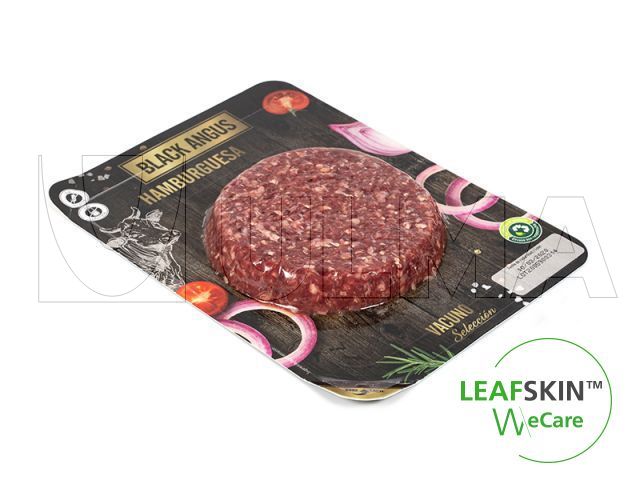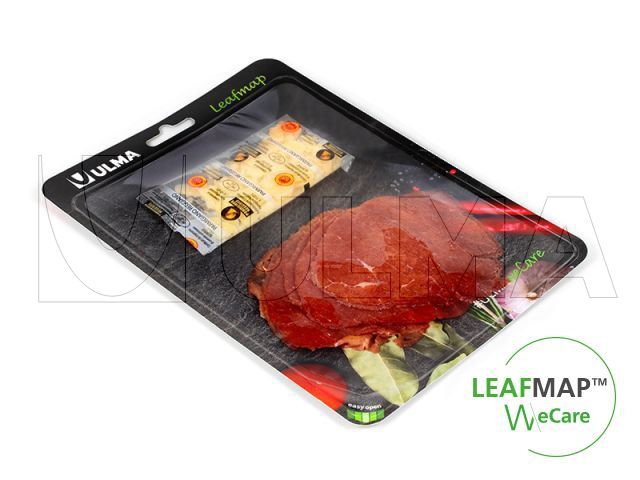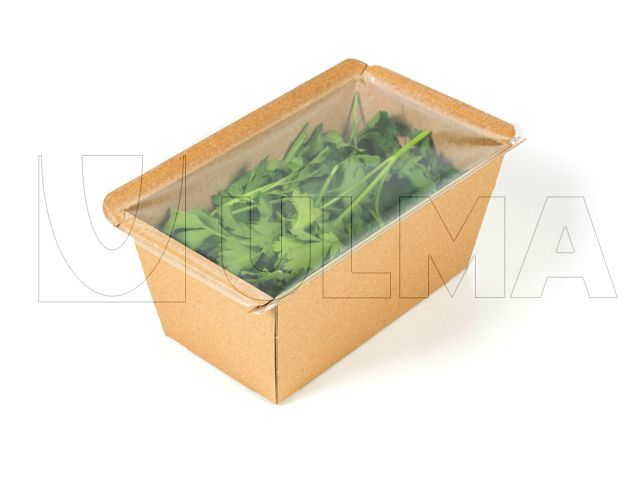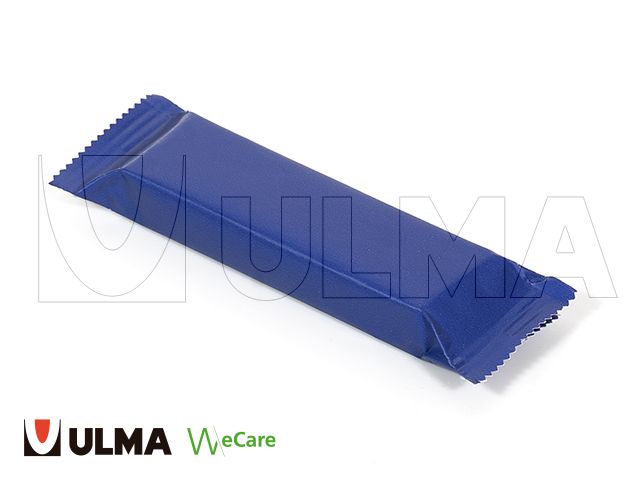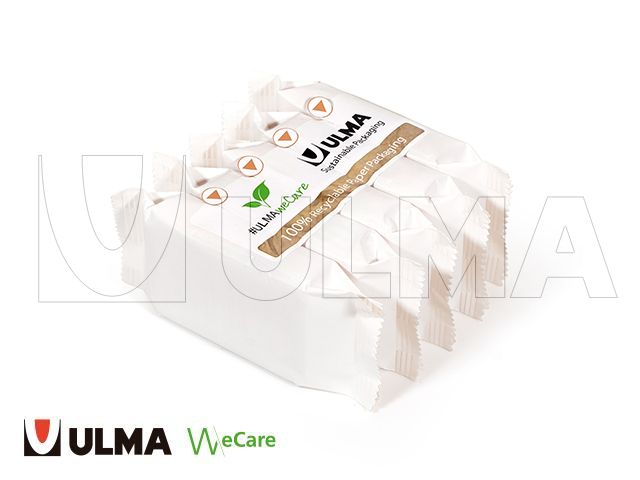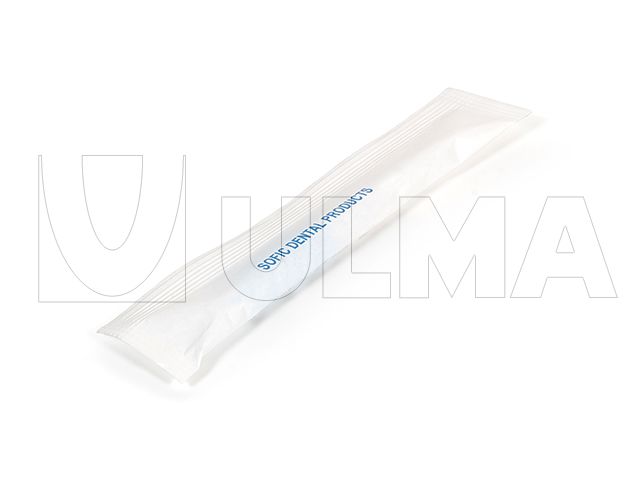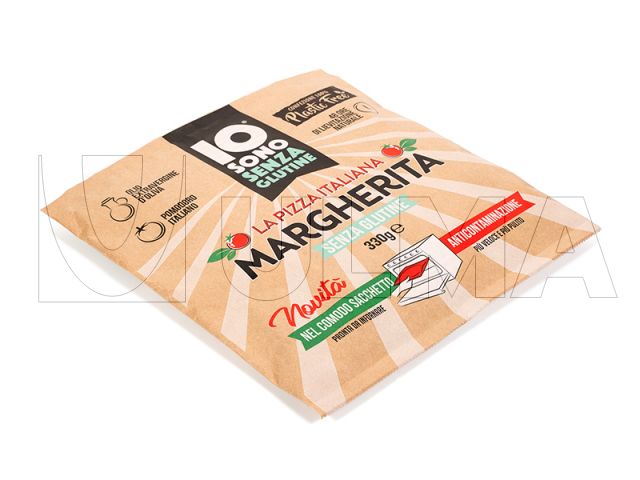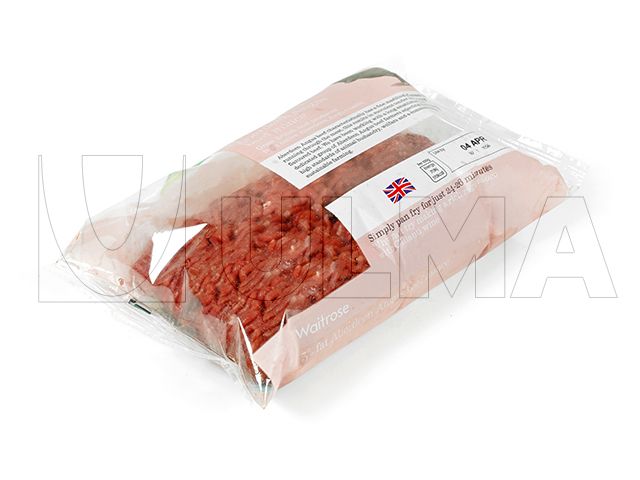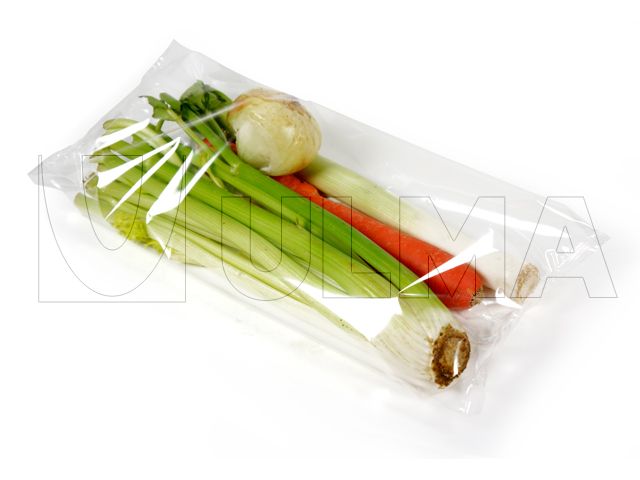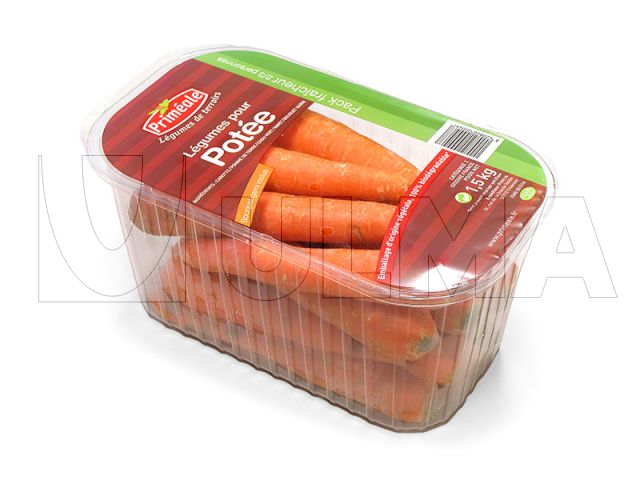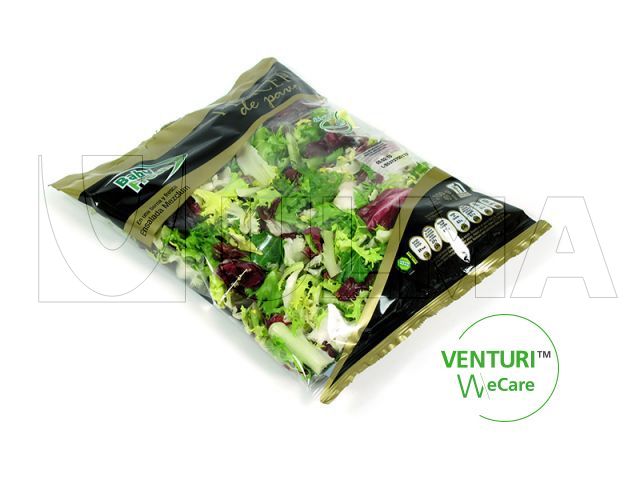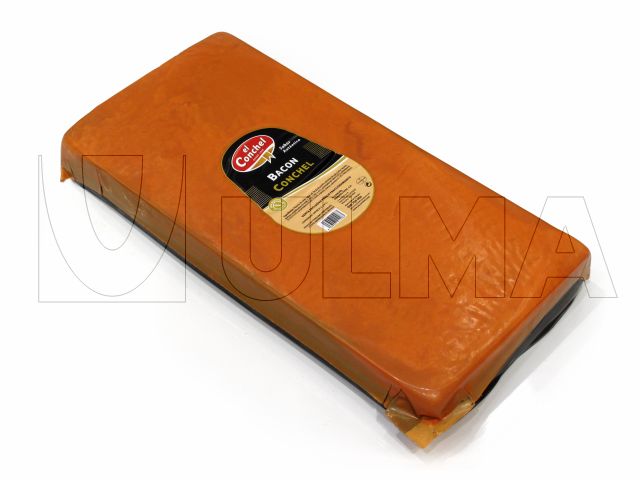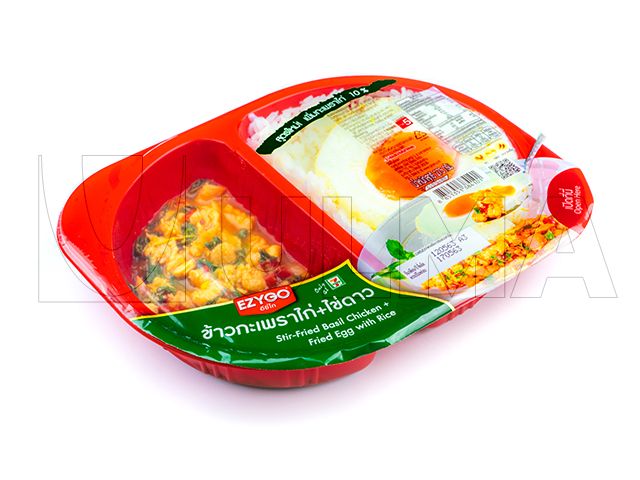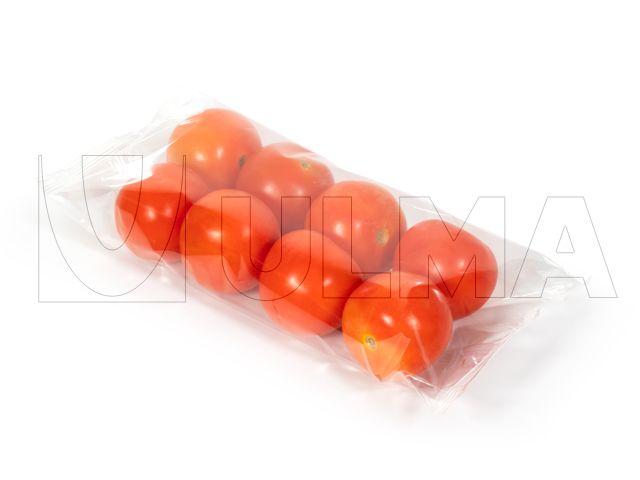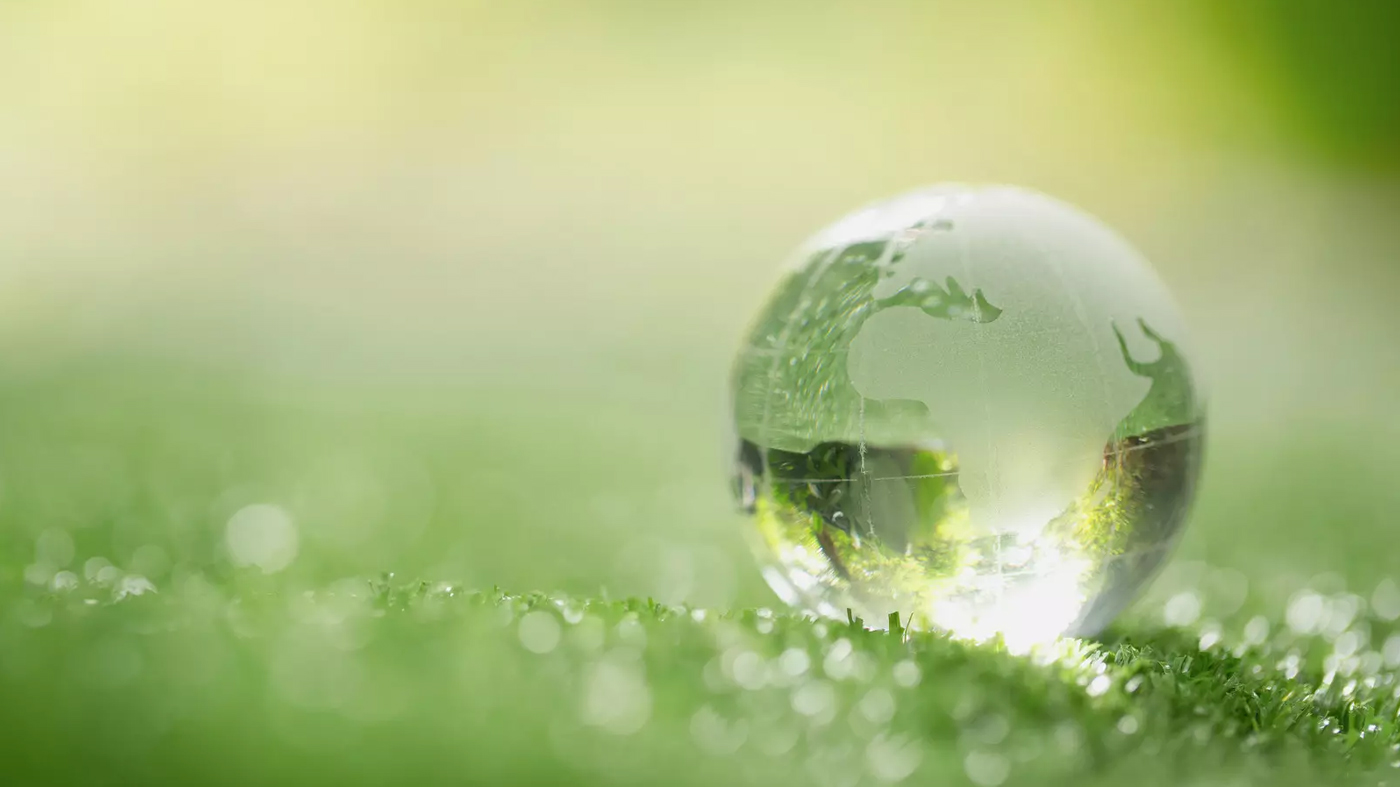
Alternative materials
Paper, mono-material or compostable films.
The change in direction and the transition towards a Circular Economy model are paving the way to a new range of alternatives to traditional packaging materials.
New alternative materials in order to implement solutions based on eco-design and sustainability principles, aligned with a Circular Economy strategy for easier recycling when packaging reaches the end of its life-cycle.
One promising approach is the development of packaging based on materials that can already be recycled in existing circuits: this is the case of paper fibre packaging, which can be disposed of in the current paper recycling circuit.
The plastic in this packaging is replaced (fully or partially) by materials based on paper fibre.
LeafSkinTM
LeafSkinTMis a skin vacuum packaging solution that replaces the structural plastic with a paper fibre structure, while making it easier to recycle paper by separating the packaging's paper and plastic parts.
LeafMapTM
LeafMapTM is a MAP packaging solution that replaces the structural plastic with a paper fibre structure, while making it easier to recycle paper by separating the packaging's paper and plastic parts.
Traysealed packaging with cardboard trays
This packaging uses 100% cardboard trays, meaning the plastic lid can be separated from the cardboard base, making it easier to recycle all materials separately.
Flow-Pack with paper film
Our Flow-Pack packaging machines can be designed to work with paper film. The machines are designed specifically to ensure the paper film is not marked, perforated or ripped during the packaging process.
- Snack bar in recyclable paper packaging. Packaging waste can be recycled in the conventional paper recycling circuit.
- Packaging solution for biscuits that can drastically reduce the amount of materials used, replacing common plastic film with 100% recyclable material in both primary and secondary packaging. The secondary packaging consists of two adhesive labels (top and bottom) that group the primary packaging elements together. The sticker is made of paper from the same material as the primary packaging (other materials can also be used), meaning all the waste can be recycled together.
Medical devices
Paper film is also used in medical device applications. The medical-grade paper used in this case allows the product to be sterilised after the packaging process.
Pizza
Pizza packaging made from 100% plastic-free greaseproof paper film.
Another way to boost the circularity of plastic packaging waste is by using packaging made from a single type of polymer, commonly known as MONO-MATERIALS.
Once disposed of, this packaging can be classified in waste sorting systems, allowing it to be recycled using mechanical recycling systems. Some countries already have recycling circuits for PP (polypropylene), PE (polyethylene) and PET (polyethylene terephthalate).
In any case, it is important to bear in mind the functions of the packaging and to ensure suitable barrier properties in the packaging used to preserve foodstuffs, therefore guaranteeing the product's shelf life.
Trayless minced meat in MAP with PP barrier film
Hygienic, safe, eco-friendly packaging for minced meat.
Once disposed of, this packaging can be classified in waste sorting systems, allowing it to be recycled using mechanical recycling systems. Some countries already have recycling circuits for PP (polypropylene), PE (polyethylene) and PET (polyethylene terephthalate).
In any case, it is important to bear in mind the functions of the packaging and to ensure suitable barrier properties in the packaging used to preserve foodstuffs, therefore guaranteeing the product's shelf life.
Trayless minced meat in MAP with PP barrier film
Hygienic, safe, eco-friendly packaging for minced meat.
One alternative currently available on the market is packaging made from "biopolymers". This term encompasses two main groups of materials:
- Firstly, those materials made from polymers obtained wholly or partially from renewable sources, such as BioPET, BioPE, etc.
- The other group is BIODEGRADABLE and/or COMPOSTABLE materials made from polymers obtained from renewable sources such as PLA, PHA, cellophane, etc., which can be suitable for industrial or domestic composting.

